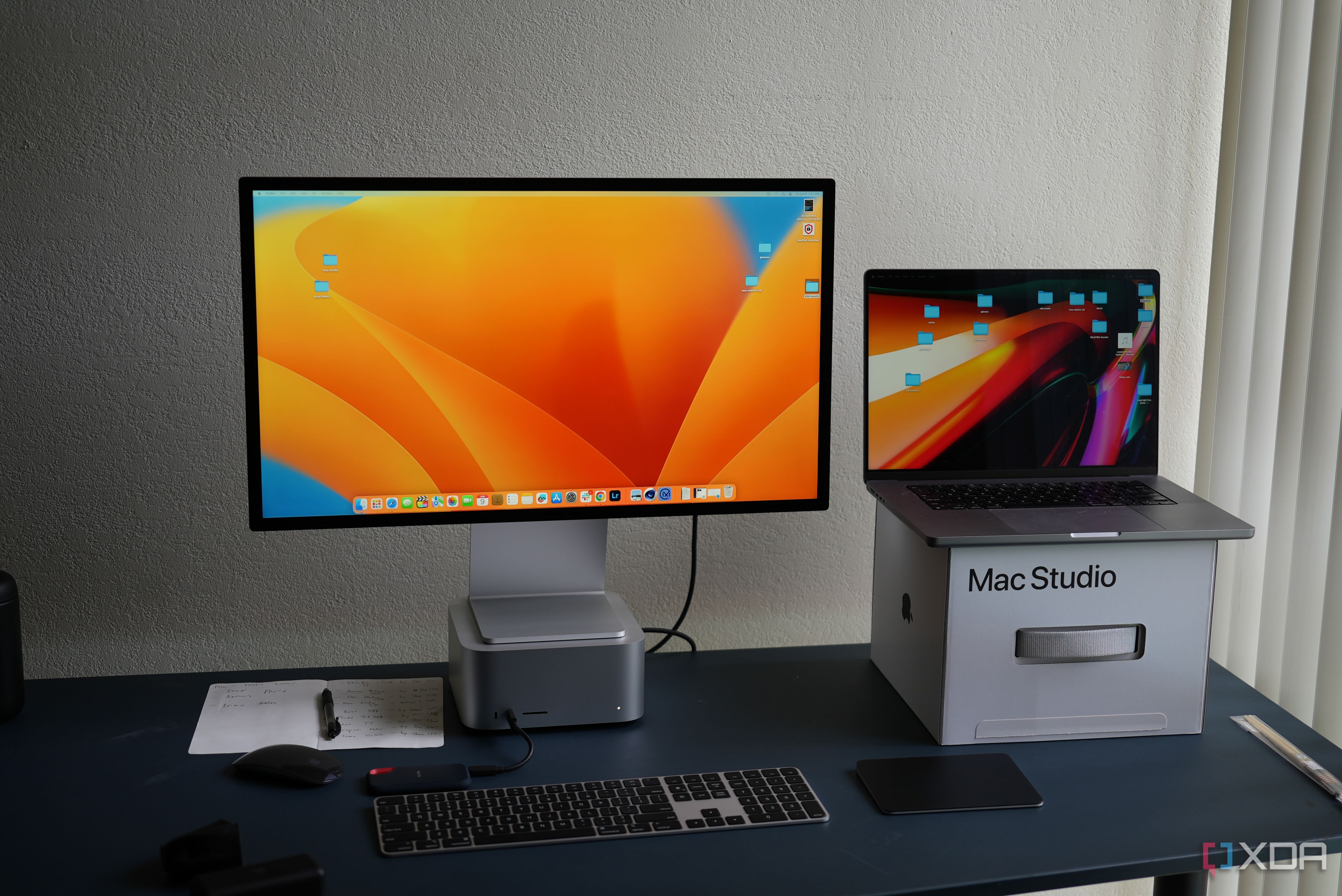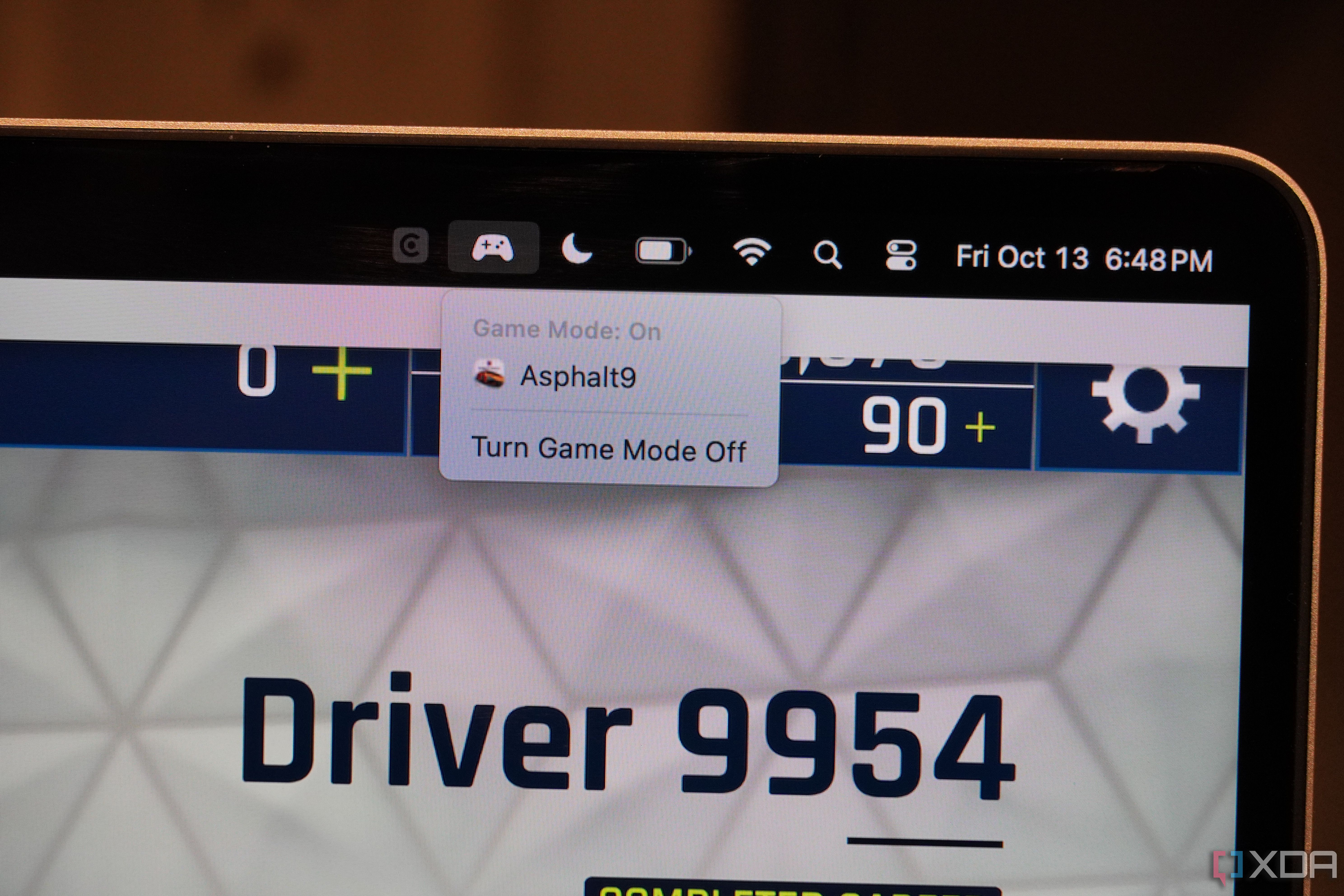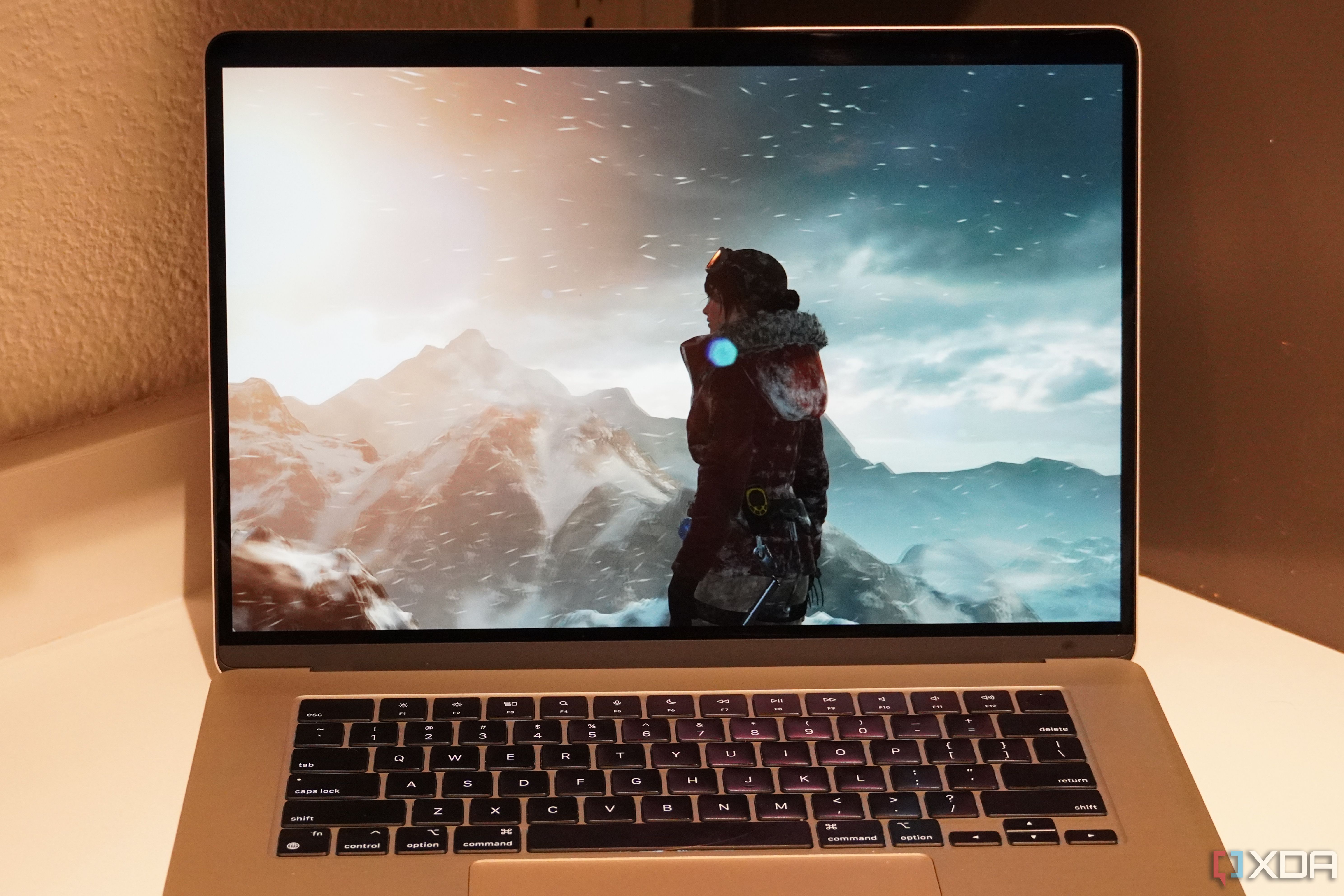Apple has a reputation when it comes to gaming, and it isn’t exactly a good one. For years, its macOS operating system has been praised for productivity workflows but criticized for limited support for the best games. Sure, you could say that the onus is on game developers, but it goes both ways. One of the few high-quality games to support the Mac is Counter-Strike: Global Offensive (better known as CS:GO), a multiplayer first-person shooter game from Valve. But now, Valve is killing off the macOS version of the game with the release of the newer CS2 version. It comes at a time when Apple is placing an emphasis on gaming across all platforms, and it’s a huge hit to the Mac’s gaming efforts.
Why Valve is dropping the Mac, and what it means
Valve, the developer and operator of Steam, first published CS:GO in 2012. It’s since gone on to become one of the most prolific first-person shooter games out there. CS:GO has been updated over the years, but it’s now getting the biggest update yet with the shift to Counter-Strike 2. The new version of the game essentially replaces CS:GO, meaning that you can’t run the original game on platforms that are now unsupported for CS2. With the move, Valve announced that it will debut CS2 on both Windows and Linux, but not the best Mac systems.
macOS joins all other DirectX 9 and 32-bit operating systems on the outside looking in of CS2, and CS:GO for that matter. Here’s the interesting part: Valve says that all these systems combined make up less than 1% of active CS:GO players. That means that only a fraction of a percent of CS:GO players did so using a Mac, and through this logic, it’s hard to fault Valve for dropping macOS. It also begs the question, is the lack of macOS games due to there being no titles or no players? Whatever the answer is, losing Counter-Strike on macOS is a big loss for Mac gaming as a whole.
It’s worth noting that Valve is releasing a CS:GO legacy version, but support for this version will end Jan. 1, 2024, and it doesn’t include official matchmaking. Third-party services like ESEA and FACEIT will still live, though those will eventually entirely replace CS:GO with CS2 at some point. With all this considered, it’s safe to say that Counter-Strike on the Mac is dying with the release of CS2.
The departure of Counter-Strike comes at the worst time
Apple is going all-in on gaming, and I’m not just talking about the Apple Arcade subscription service. The company is pushing gaming on nearly all of its platforms — including Mac, iPad, iPhone, and Apple TV — and the Apple Watch has some games for it, too. For example, the A17 Pro chip in the iPhone 15 Pro and iPhone 15 Pro Max is being used to play full AAA titles later this year. There’s also the consideration that one of the biggest features in the macOS Sonoma upgrade is Game Mode, a feature that limits background chip usage to prioritize gaming performance.
This is all on the consumer end, but Apple is also actively trying to entice developers to bring their games to Mac. The company announced a new Game Porting Toolkit at WWDC 2023 that allows you to run basically any game on macOS. It’s designed for developers to test their games — and see how easy they are to run — on the Mac. Counter-Strike 2 actually runs completely fine in GPTK, which is a testament to the time and effort Apple put into developing this tool so that developers would add more games to the Mac, improving the feasibility of using macOS for gaming. Just a few months later, macOS lost Counter-Strike, which shows precisely how feeble Mac gaming can be.
Where does Apple go from here?
We’re seeing just how difficult it is to make gaming a focus for an operating system this late in the OS wars. For the most part, gamers and developers have already chosen Windows. But we’re also seeing just how far operating systems can come if they’re pushed in the right direction. If we’re wondering where Apple can go, ironically, we can look to Valve’s own progress with Linux gaming and SteamOS. Valve has created a gaming ecosystem on the Linux-based Steam Deck that has been abundantly successful, and it’s benefited Linux gaming as a whole.
Apple can follow a similar — but much more difficult — strategy with gaming on the Mac. Since nearly all the devices in its ecosystem are capable of running AAA titles, I think the pitch here is cohesion. Forget cloud gaming, imagine if you could run AAA games natively on your iPhone and then pick up right where you left off on your Mac. Want a bigger screen? Just use your Apple TV. How about picking up your iPad for an experience right in the middle? It won’t happen overnight, but unifying the gaming experience across Apple products may be the only way to grow Mac gaming in the way Apple clearly intends to.
[ad_2]







